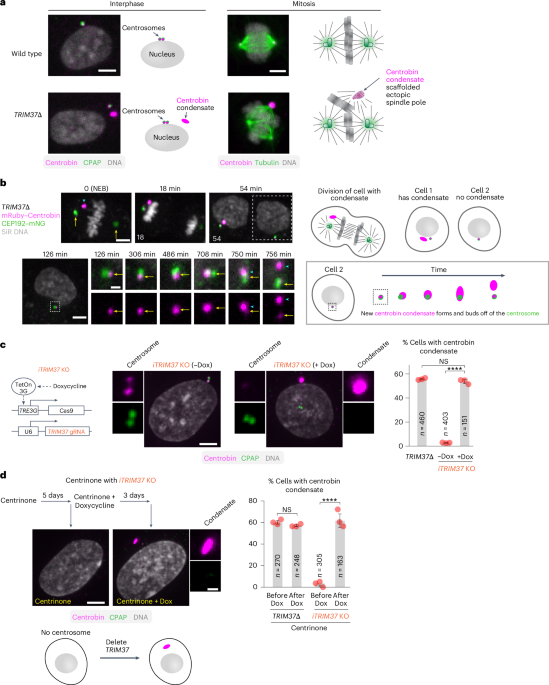Tumor oxygenation imaging biomarkers using dynamic susceptibility contrast imaging for prediction of IDH mutation status in adult-type diffuse gliomas
To evaluate the role of tumor oxygenation imaging parameters in predicting the isocitrate dehydrogenase (IDH) mutation status in adult-type diffuse gliomas.
This retrospective study included 296 patients with adult-type diffuse glioma (237 IDH-wildtype, 59 IDH-mutant). The normalized cerebral blood volume (nCBV), cerebral metabolic rate of oxygen values (CMRO2), capillary transit time heterogeneity, and oxygen extraction fraction (OEF) values from dynamic susceptibility contrast (DSC) imaging and ADC values from DWI were obtained from autosegmented tumor masks. Logistic analyses were performed in entire patients and in a subgroup of 46 patients (15.6%) without CE tumors.
In entire patients, 10th percentile of CMRO2 (odds ratio [OR] = 0.64, p < 0.001) and 10th percentile of OEF (OR = 0.32, p < 0.001) independently predicted IDH mutation, along with age, frontal location, presence of CE tumor, and 90th percentile of nCBV, with an area under the curve (AUC) of 0.92 (95% confidence interval [CI] 0.88-0.95). In the subgroup of patients without CE tumors, 10th percentile of CMRO2 (OR = 0.58, p = 0.044) was an independent predictor for IDH mutation, along with age, and 10th percentile of ADC with an AUC of 0.94 (95% CI 0.83-0.99).
Tumor oxygenation parameters, including CMRO2 and OEF, may predict IDH mutation independently of previously known clinical and quantitative imaging data. Lower 10th percentile of CMRO2 and OEF predicts IDH mutation in entire tumors, while lower 10th percentile of CMRO2 predicts IDH mutation in patients without CE tumors.
Question The role of tumor oxygenation imaging parameters for predicting the IDH mutation status in adult-type diffuse gliomas is unknown. Findings Lower cerebral metabolic rate of oxygen values (CMRO2) and oxygen extraction fraction (OEF) predicted IDH mutation in entire tumors, while lower CMRO2 predicted IDH mutation in patients without enhancing tumors. Clinical relevance Tumor oxygenation parameters derived from dynamic susceptibility contrast (DSC) perfusion imaging may assist noninvasive prediction of IDH mutation in adult-type diffuse gliomas.
Glioblastoma; Gliomas; Oxygen consumption; Perfusion magnetic resonance Imaging.
© 2025. The Author(s), under exclusive licence to European Society of Radiology.
Compliance with ethical standards. Guarantor: The scientific guarantor of this publication is Professor Sung Soo Ahn, MD, PhD, from Yonsei University College of Medicine ([email protected]). Conflict of interest: The authors declare no competing interests. Statistics and biometry: We consulted a biostatistician who has a significant statistical expertise (K.H., with 16 years of experience in biostatistics). Informed consent: The institutional review boards waived the requirement to obtain informed patient consent for this retrospective study. Ethical approval: This study was approved by the Institutional Review Board of our institution, and the requirement for patient consent was waived due to its retrospective design. Study subjects or cohorts overlap: There is no overlap in study subjects. Methodology: Retrospective Diagnostic or prognostic study Performed at one institution












